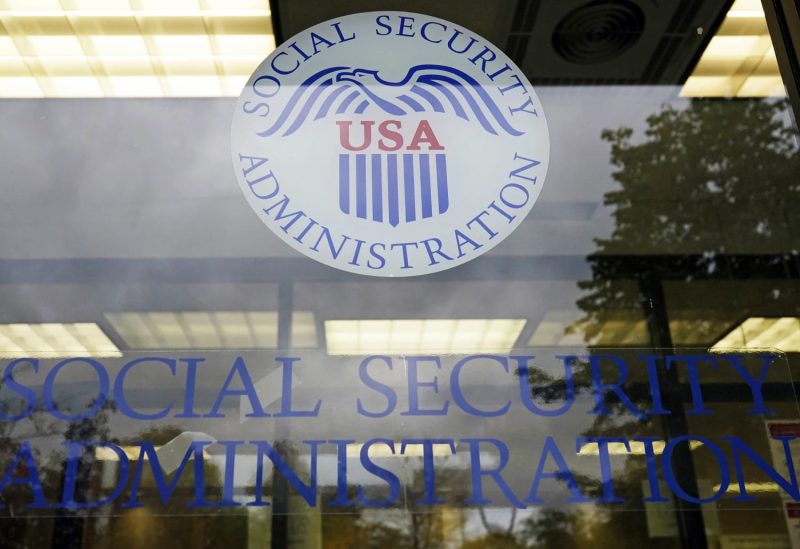The Social Security Administration (SSA) of the United States is an independent agency of the Federal government. It is responsible for administering social security programs which cover retirement, disability, and survivor benefits. An ongoing goal of this organization is to improve accessibility to these benefits, and over the coming years, several substantial changes are being planned to achieve this goal.
Firstly, the SSA is aiming to simplify the benefit application process. In many cases, applying for benefits requires many rounds of paper-based applications, which can be complex and time-consuming. The agency plans to implement an entirely digital application process intended to streamline these oftentimes convoluted proceedings. This digital system is expected to shorten application processing times and reduce errors in application submission and processing.
Additionally, the SSA will be expanding the Direct Express card program to all Social Security beneficiaries. Currently, the Direct Express card program, a federal government-supported service, allows beneficiaries to receive their monthly benefits on a prepaid debit card. An important advantage of this program is that it provides access for those without traditional banking services, ensuring they can still receive their benefits in a secure, efficient, and convenient manner. This expansion aims to afford all beneficiaries the same opportunities, thereby increasing accessibility to benefits.
Furthermore, the agency will be making several modifications to its disability benefits program. These include changing the frequency at which the agency checks if beneficiaries are still eligible. Currently, eligibility reviews, or continuing disability reviews (CDRs), are conducted every three years. But, by increasing their frequency, the SSA hopes to catch instances where beneficiaries no longer qualify more quickly, and reallocate these funds to those who are in need.
In addition, the SSA is focusing on enhancing the accessibility of its services irrespective of language. The SSA currently offers services and resources in English and Spanish, but to better accommodate the diverse population, it plans to expand its offerings to include more languages. This is a crucial step to ensure that every citizen, regardless of language background, can communicate accurately and sufficiently about their benefits.
The SSA is also looking into alternative means of communication for those with hearing difficulties or those who are deaf. In recent years, the agency has piloted the use of Video Relay Services (VRS) which enables beneficiaries to communicate with SSA staff members in sign language through a video link. The agency aims to extend this service to all its facilities, thereby widening access to their services for individuals with hearing impairments.
Lastly, the SSA aims to provide better assistance to the younger population, specifically, children in low-income households. They have promulgated plans to expand the Supplemental Security Income program that provides stipends to people in need, in particular, children who are blind or have disabilities.
In conclusion, the Social Security Administration has grand plans to dramatically increase the accessibility of its services to a wider range of beneficiaries. By implementing these changes, the SSA hopes to help ensure all who qualify for social security benefits, are able to gain quick and accurate access to them, thus fulfilling their mission towards the American people.











